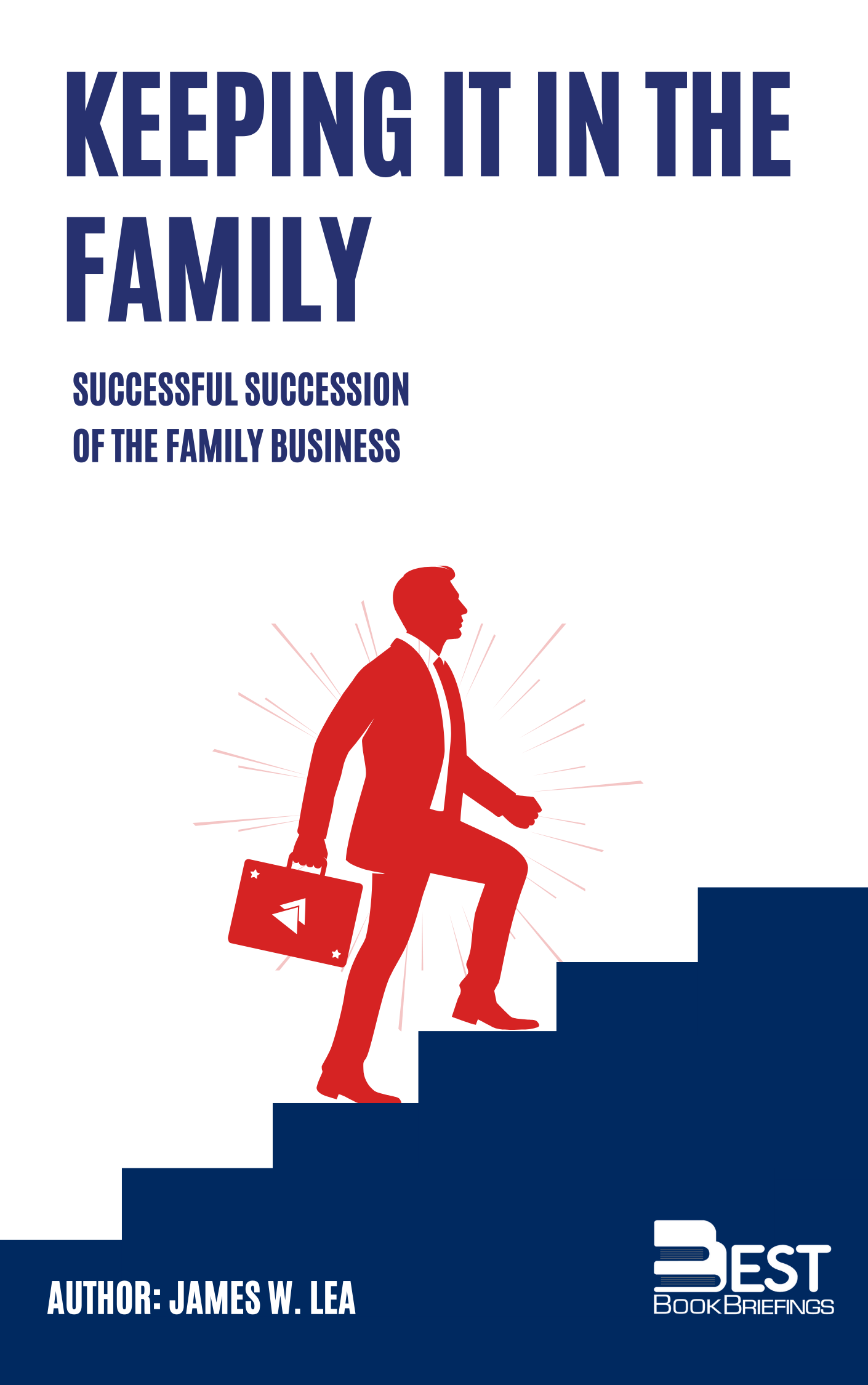Keeping It in the Family
Successful Succession of the Family Business
Editorial Review
Keeping It in the Family is about how you, as the owner of a business, can plan and carry out the transfer of your company to your children or other family members. It's also about how a prospective successor to a family business can prepare for future ownership and management. It is a step-by-step guide through a very complex, often frustrating, and sometimes heartbreaking process. Looking at the good and bad experiences of business owners, successors, and families, it analyzes their brilliant strokes and their great mistakes; it also summarizes the lessons learned by others and suggests how they can be applied to planning for the continuity of your own family business.
Book Reviews
Books on Related Topics

There are so many apparently intelligent people chasing success in the most foolhardy manner. They are manic, hyper and busy to the point of distraction. They might have gotten A’s for effort, but not for intelligence. We live in a “Success Culture”. Many people pursue success as a primary goal in

Do More Great Work gets to the heart of the problem: Even the best performers are spending less than a fraction of their time doing Great Work —the kind of innovative work that pushes us forward, stretches our creativity, and truly satisfies us. Michael Bungay Stanier, Canadian Coach of the Year in 2006,

Getting Things Done inspires you to put all this into a new behavior set that will blow your mind. This is a vaccination against day-to-day fire-fighting, the so-called urgent and crisis demands of any given work, and an antidote for the imbalance many people bring upon themselves: that is how people



